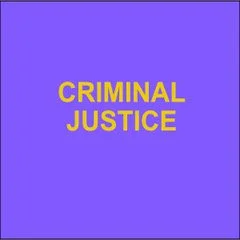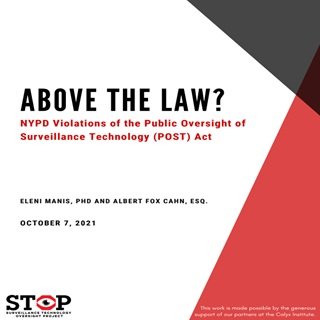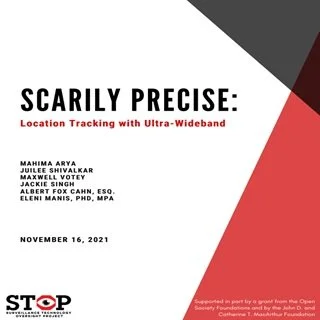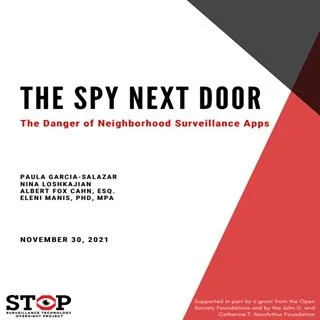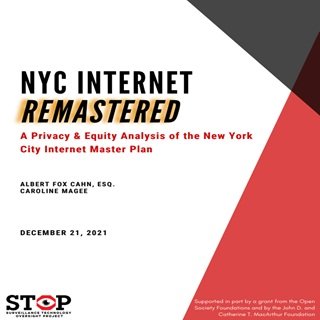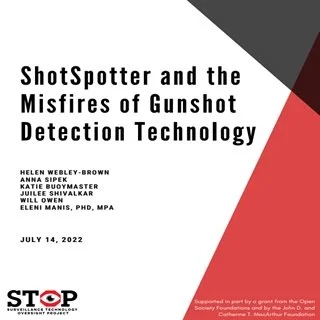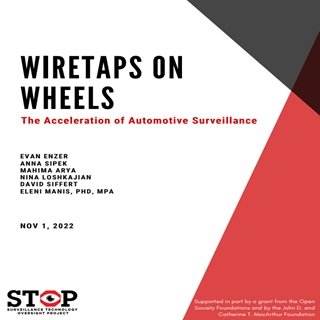By Brandon Martinez, Rebecca Tublitz. Emily West
The majority of people in local jails around the country are awaiting their criminal trial. This means they have not been convicted of the crimes that brought them in. Many also do not pose a danger to public safety, nor a significant risk of flight, but remain in custody because they cannot afford bail or bond—making incarceration a fact of financial ability, not of safety.
In fact, keeping those in jail who could be better served in the community can cause long-term instability. Well-established research demonstrates the harms of pretrial detention, including worse criminal legal system outcomes, disruption in employment, poorer mental and physical health, and strained social and familial relationships. Unnecessarily overcrowding jails also means those who actually do need attention—especially for risk factors such as mental health, substance use, and housing instability—aren't given the resources they need to avoid landing back in jail.
Given this research, cities and counties involved in the John D. and Catherine T. MacArthur Foundation’s Safety and Justice Challenge (SJC) have engaged in collaborative, multi-agency efforts to safely shrink their local jail populations and increase equity across the system. This includes using resources to promote fairer and more just pretrial decision-making, address the needs of system-involved people, and establish a robust array of alternative options.
These efforts have yielded impressive results: in these SJC cities and counties, nearly 18,000 fewer people are in jails today compared to the start of the initiative. This reduction was driven largely by fewer people being booked into jail. Progress has been slower on reducing racial and ethnic disparities, though in many sites there are fewer people of color in jail than there were prior to the start of the initiative. Importantly, SJC research has established that throughout nearly a decade of the initiative, people released pretrial were no more likely to return to jail than before the SJC, including for violent crime—demonstrating that data-driven and cross-agency collaborative planning efforts can lead to positive outcomes for individuals while keeping communities safe.
Looking back at 10 years of work, CUNY ISLG analyzed individual-level jail data from five participating counties to explore trends in three key indicators:
Who gets booked into jail;
How they are released from custody (e.g., money bond, pretrial supervision);
How long they stay.
We also examine whether change in these domains varied for different racial and ethnic groups. The sites included in this analysis are Allegheny County, PA; Charleston County, SC; Palm Beach County, FL; New Orleans, LA; and Pima County, AZ. This brief presents the findings from the analysis.
New York: CUNY Institute for State and Local Governance. 2025.

